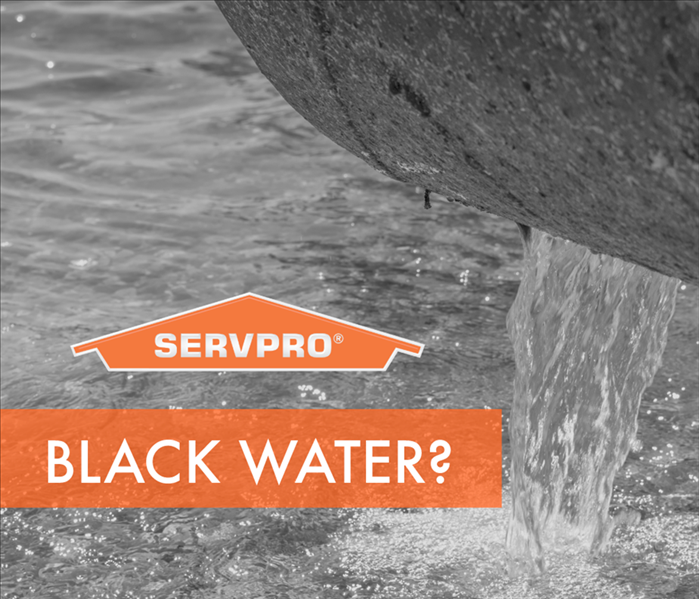How Is Sewer Damage Cleaned? Essential Steps You Don't Want To Skip
8/27/2022 (Permalink)
How Does Sewer Damage Get Cleaned? You Don't Want To Miss These Steps
Sewer cleanup requires more than a mop, towel and bucket of cleaner. This fluid, known as black water, consists of high levels of mold spores and bacteria, which can absorb into your floors and walls. To ensure your commercial space is sanitized thoroughly, following specific guidelines is imperative. The following are four steps you don't want to skip.
1. Discover the Cause of the Sewer Backup
Cut off the water supply to the bathroom and, before cleaning, locate the reason the overflow occurred. Common causes include blockages from hair, personal products and grease. Lines under the ground may also suffer corrosion or cracks, particularly from tree roots.
These issues are hard to see; therefore, call water restoration experts in Elizabeth, TX, to inspect the plumbing. They have innovative technology to scope the pipes and assist in the cleaning stages.
2. Assess Water Exposure
Sewer water is classified as category three contamination because it contains a host of organisms such as bacteria and mold. A group of specialists should examine the impacted space, gathering specimens of the air and materials. This information allows team members to establish a sewer cleanup plan specific to your company's needs.
Water migrates easily, spreading through the drywall, ceiling and floors. You may not realize the extent of dampness. Teams use moisture readers to pinpoint affected zones.
3. Minimize Secondary Damage
Water penetrates porous material, allowing organisms to migrate into your walls, floors and valuables. Before cleaning, concentrate on mitigating spore reproduction and structural rot.
Certified technicians evaluate your room's contents for concern. They remove unaffected pieces to avoid further harm. In addition, the flooded toilet delivered excess moisture and humidity. Extract that dampness efficiently using air movers and industrial dehumidifiers.
4. Sanitize and Restore
Wash and scrub down nonporous items using an antimicrobial treatment. Teams can use high-tech equipment to deodorize the location. Then, attention turns to rebuilding, returning the premises to proper working order.
Don't let black water sit and linger. Follow proper sewer cleanup protocols to ensure to reduce water and organism exposure.




 24/7 Emergency Service
24/7 Emergency Service
